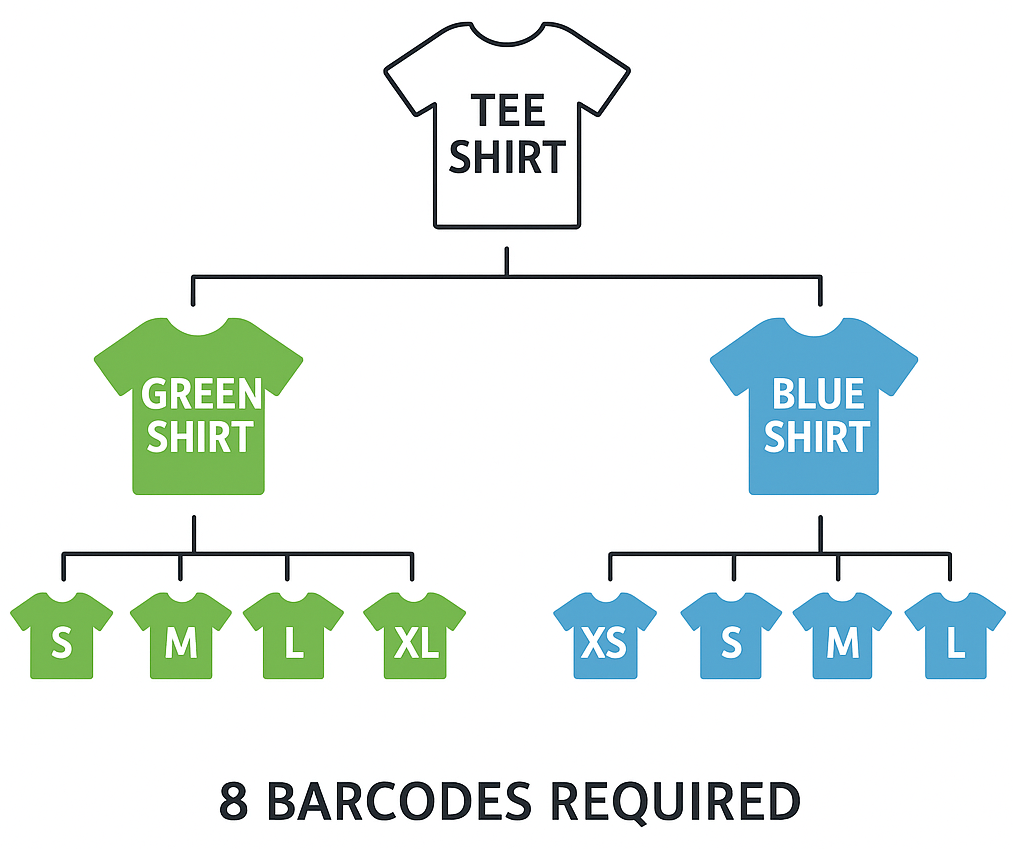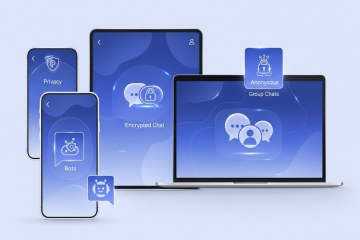If you’re launching a new product and want to sell it online or in stores, one of the first things you’ll need is a barcode. Barcodes help retailers track inventory, speed up checkout, and identify products quickly. In this guide, we’ll walk you through everything you need to know about how to get a barcode for a product, especially if you’re a beginner.
What Is a Barcode?
A barcode is a visual, machine-readable representation of data. The most common type used in retail is the UPC (Universal Product Code). This unique number is assigned to your product so that it can be scanned at checkout or entered into inventory systems.
Why Do You Need a Barcode?
Whether you’re selling on Amazon, eBay, Etsy, or in physical retail stores, most platforms and retailers require barcodes for each unique product or variation (e.g., size or color). Barcodes ensure:
- Accurate product tracking
- Fast and efficient sales transactions
- Better inventory management
- Compliance with retail and eCommerce platform requirements
How to Get a Barcode for a Product (Step-by-Step)
1. Decide How Many Barcodes You Need
Each unique product and variation requires its own barcode. For example, if you’re selling a T-shirt in four sizes and two colors, that’s 8 different barcodes.

2. Understand the Types of Barcodes
The most common for retail are:
- UPC (used mainly in the U.S. and Canada)
- EAN (used internationally)
Most sellers in the U.S. will use UPC codes.
3. Get a Barcode from GS1 (or a Trusted Reseller)
The official source for barcodes is GS1, a global organization that provides unique UPCs. However, registering directly with GS1 can be expensive and involve annual fees, which isn’t ideal for small businesses or beginner sellers.
✅ That’s why it’s better for beginner sellers to buy UPC codes from reliable retail resellers, such as: SnapUPC, UPCGo.com, MiroSel UPC, etc. These resellers offer legitimate, one-time purchase UPC codes that are affordable and easy to use.
Pros and Cons of Using a Barcode Reseller
| Pros | Cons |
|---|---|
| One-time fee, no renewal fees | May not be accepted by some retailers like Walmart |
| Fast and easy setup | Not registered in your name with GS1 |
| Perfect for Amazon, eBay, Etsy | Need to choose a reliable reseller |
Tip: If you’re selling on Amazon, make sure the UPCs you buy are GS1-originated to avoid listing issues.
Check any purchased barcode you can on GS1 website: https://www.gs1.org/services/verified-by-gs1
How to Apply the Barcode to Your Product
Once you have your UPC code:
- Add it to your product packaging or label.
- You can generate a barcode image using free online tools.
- Make sure the barcode is clearly printed and scannable.
Final Thoughts
Getting a barcode might sound technical, but it’s actually a simple step that helps your product look professional and makes it easier to sell online or in stores. For most beginners, using a trusted UPC reseller is the fastest, most cost-effective way to get started.
👉 Again, for beginner sellers, it’s better to buy UPC codes from reliable retail resellers, such as SnapUPC, Upcgo.com, Barcodemania, or Mirosel.com. It saves you money, time, and helps you get your product listed quickly.
Ready to start selling? Get your barcode today and bring your product to market with confidence!


